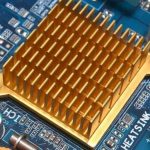
Electrical Connector Manufacturing
In our hyper-connected world, where devices constantly communicate and power flows invisibly, electrical connectors are the indispensable, often overlooked, workhorses. These critical components form the vital bridges






